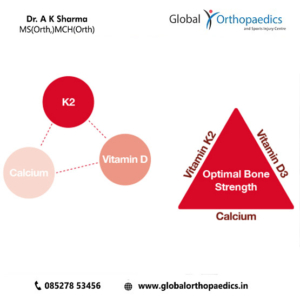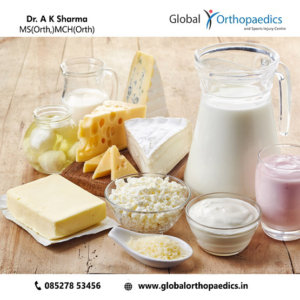Vitamin D is an important nutrient that promises great health benefits, yet most adults come short.
Vitamin D may be a star nutrient lately, as research links it to numerous health benefits. Studies suggest vitamin D may transcend its well-established role in bone health and reduce the danger of cancer, a heart condition, stroke, diabetes, autoimmune diseases, and more.
What makes vitamin D unique is that it’s a vitamin and also a hormone your body can make from the sun. Despite the power to urge vitamin D from food and therefore the sun, an estimated 40%-75% of individuals are deficient.

Why? vitamin D isn’t abundant in our food choices and therefore the sun isn’t a reliable source for everybody.
Many good factors affect the skin’s ability to supply and fulfill the lack of vitamin D, including season, time of day, latitude, pollution, cloudiness, sunscreen, body parts exposed, color, and age. Dermatologists recommend using sunscreen and getting vitamin D from food and supplements instead of risk the harmful rays of the sun.
Role of vitamin D

Vitamin D is, of course, present in few foods. Since 1930, virtually all cow’s milk has been voluntarily fortified with 100 IU of vitamin D per cup. Food manufacturers are fortifying other foods, like yogurt, cereal, and fruit juice, to assist consumers to fill the nutrient gap in their diets.
Generally, vitamin D is added to certain foods or beverages that majorly help in containing calcium. vitamin D is required for max absorption of calcium from the intestine, helping to create strong bones and teeth.
Together with calcium and vitamin D that can help prevent osteoporosis in older adults. Without enough vitamin D, bones can become brittle and susceptible to fracture. it’s estimated that quite 40 million adults have or are in danger of developing osteoporosis.
“The deficiency of Vitamin D is related to low bone mass and osteoporosis, which is estimated to affect 10 million adults over the age of fifty”, says Dr. Ashok.
Even in many states and cities, where the sunshine is adequate all year long, many doctors observed from many of their patients — especially elderly and dark-skinned people – they really have low levels of vitamin D because the sun isn’t a reliable source.
How Much vitamin D does one Need?
Bone health is the only focus of Dr. Ashok these days where he wants to highlight this serious question that comes throughout his journey of treating patient’s joints and bones – what proportion vitamin D and calcium people should get?
The recommendations or suggestion for adults up to the age of 69 rose to 600 IU/day, and to 800 IU/day for adults starting at age 70. Older adults need more vitamin D because as they age, their skin doesn’t produce vitamin D efficiently, hence they spend less time outdoors and that they tend to not get enough vitamin D.
The sun is a superb source of vitamin D, but it’s hard to quantify what proportion vitamin D you get from time within the sun and therefore the risk of carcinoma may outweigh the advantages. Food first, says Dr. Ashok. “Supplements can be used to fill the gaps but it’s always better to undertake these to satisfy your nutritional needs with foods that contain fiber, phytonutrients, then far more,” he says.

Unless you enjoy a diet that has fatty fish or fish liver oils, it’s going to be hard to urge enough vitamin D naturally without eating fortified foods or taking a supplement. “The major dietary source of vitamin D majorly comes from fortified diary, along with some yogurts and cereals,” Dr. Sharma suggested. Mushrooms, cheese, eggs, and beef liver contain small amounts. So, choose your foods wisely, mentioned Dr. Ashok Kumar, Best Orthopedic surgeon in Noida, Uttar Pradesh.
For More Information, Consult Dr. A.K Sharma@ https://prac.to/dr-a-k-sharma-orthopedist-dir
Stay Safe! Stay healthy
Stay Safe, Stay Home.


